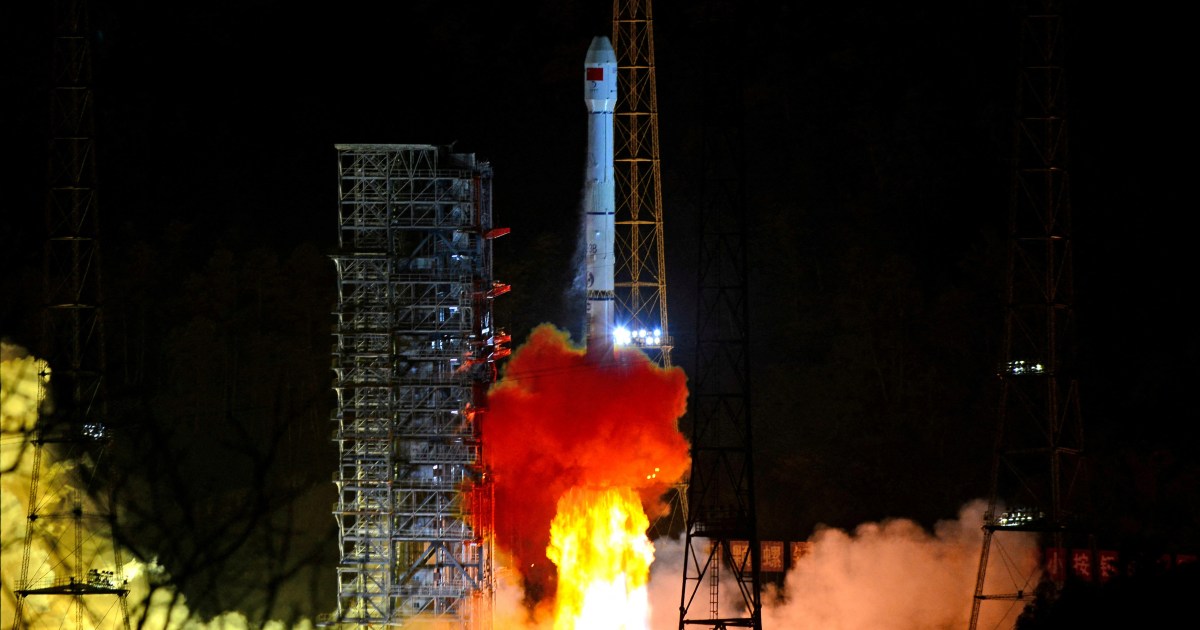In what Beijing’s efforts to explore interplanetary space, scientists have described the launch of a spacecraft as a “significant step” in its first-ever mission to retrieve clean asteroid samples.
The Xichang Satellite Launch Center in Sichuan province, in southwest China, launched on Thursday at around 1.31 a.m. local time (18:30 GMT). The Tianwen-2 spacecraft, a robotic probe that might make China the third country to retrieve pristine asteroid rocks, was in its vicinity.
Chinese state-run media reported that the spacecraft “delivered a successful launch” and that the Chinese National Space Administration (CNSA) had “declared the launch a success.”
A small near-Earth asteroid named “469219 Kamoalewa,” also known as 2016HO3, will come close to Tianwen-2 over the course of the next year.
The spacecraft is expected to make its first appearance on July 2026, which is thought to be a remnant of the Moon, according to experts. The capsule will then be shot back to Earth with rock samples for a November 2027 landing.
After Japan first collected samples from a small asteroid in 2010, followed by the United States in 2020, China would become the third nation to carry out a similar mission.
The People’s Daily state-run newspaper called the mission’s goal “an endeavor to bring light to the formation and evolution of asteroids and the early solar system.”
The CNSA’s head, Shan Zhongde, claimed that the mission was a “significant step in China’s new journey of interplanetary exploration.” According to him, the mission was supposed to lead to “groundbreaking discoveries and expanding humanity’s knowledge of the cosmos.”
According to Chinese state media, the “decade-long expedition” has several objectives, including “exploring the main-belt comet 311P” and “collecting samples from near-Earth asteroid 2016HO3”.
Additionally, it will aim to examine the “physical characteristics of the two celestial targets,” including their “orbital dynamics, rotation, size, shape, and thermal properties.”
According to researchers working on the project, the samples will be used to study asteroids’ “physical properties, chemical and mineral composition, and structural characteristics.”
2016HO3 has a diameter ranging from 120 feet (40 metres) to 300 feet (100 metres) as a quasi-satellite of Earth that has followed the Sun in a synchronized path with the Earth for nearly a century.
China has quickly expanded its space programs and begun a number of ground-breaking missions in recent years, including landing robots on the moon’s far side and collecting the first humankind samples there in June of last year.
After the US forbade China from participating in the ISS, it is now operating its own Tiangong space station in orbit, which is the only one that is operational other than the International Space Station (ISS).
Three crew members made their first space trip in six months, spending six months on board , Tiangong, in April, making their first ever mission there.
Beijing has also made significant investments in the Moon’s 2030 crewed missions, which are anticipated to have Chinese astronauts on board by 2030.
Source: Aljazeera

Leave a Reply